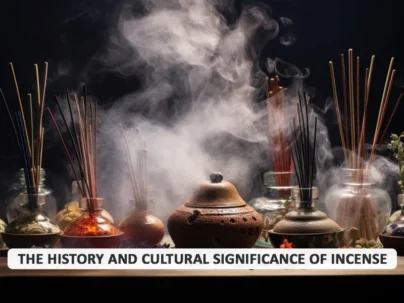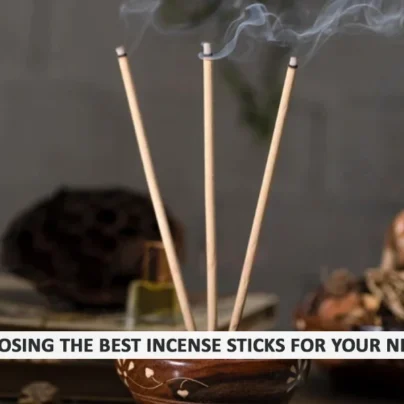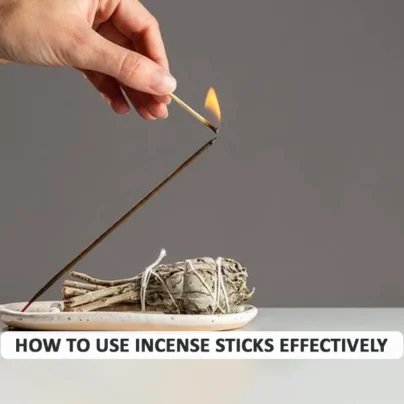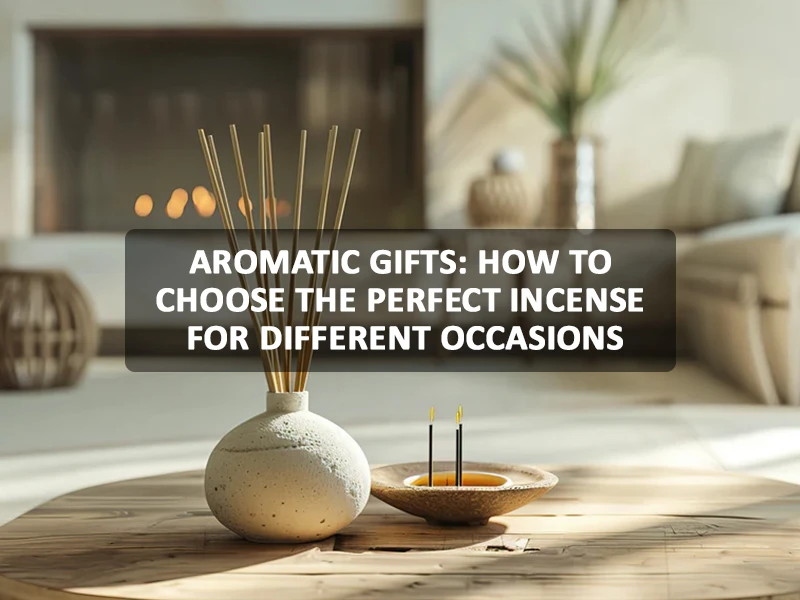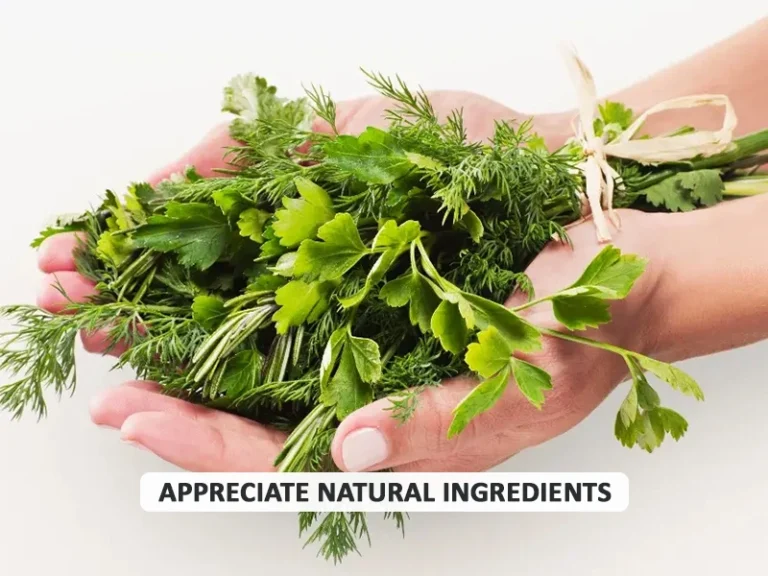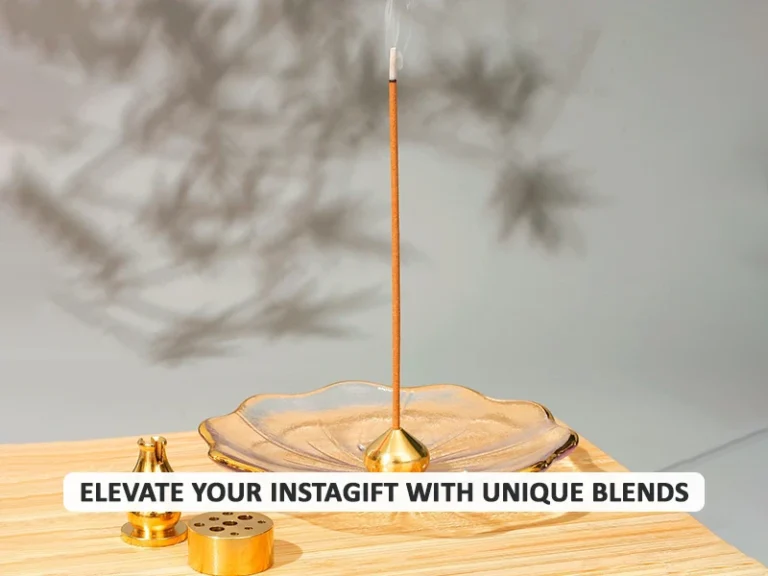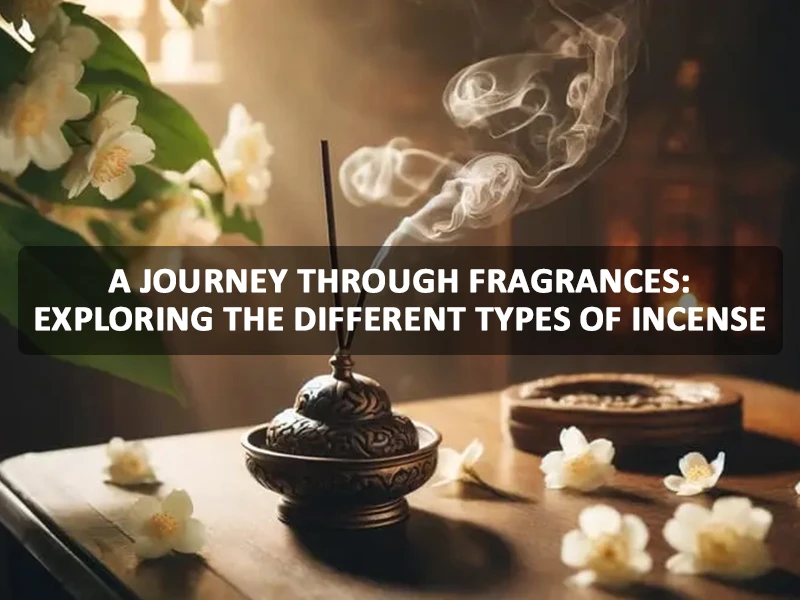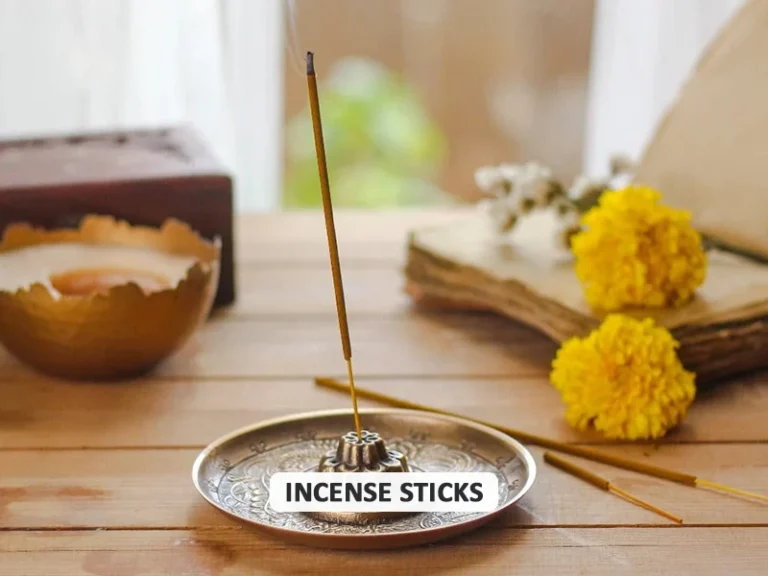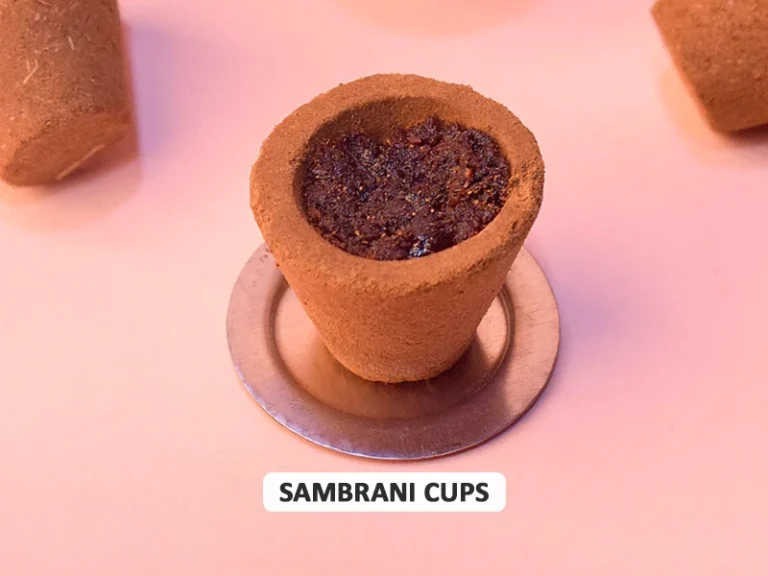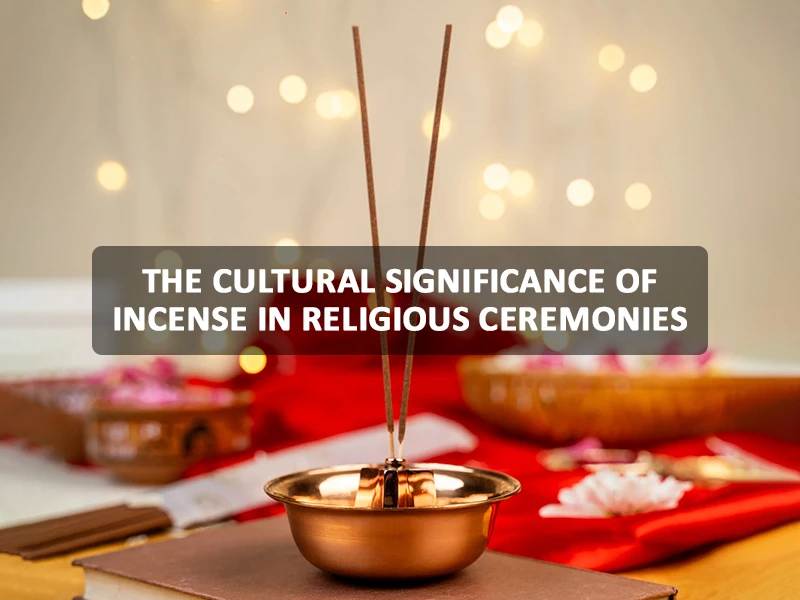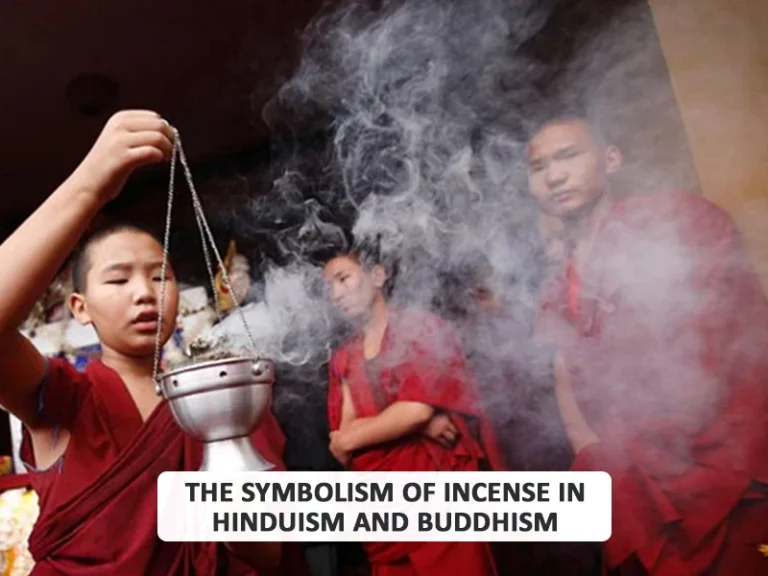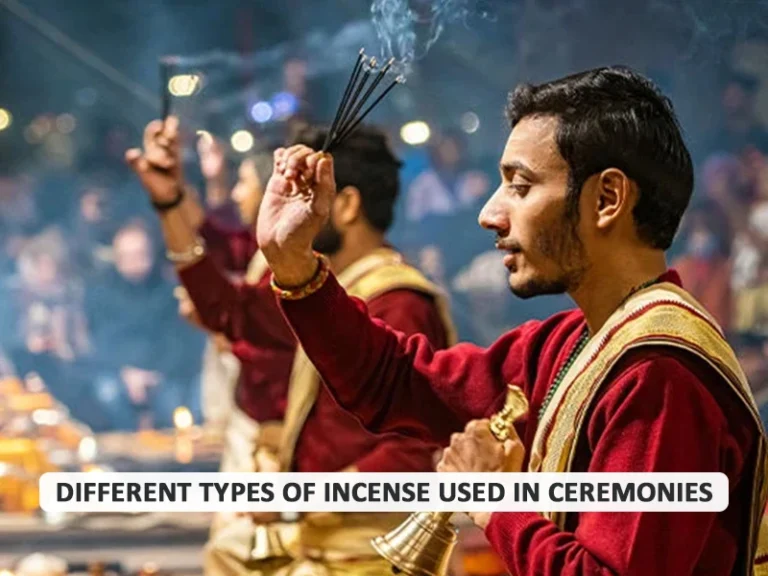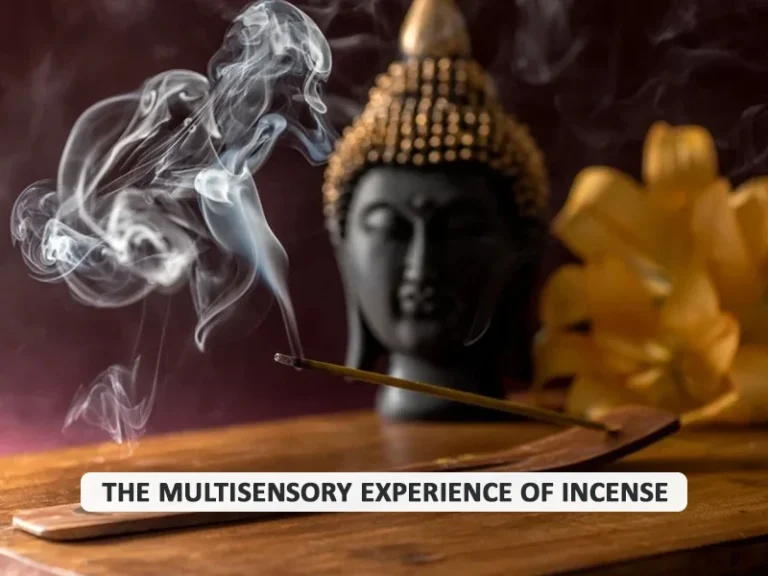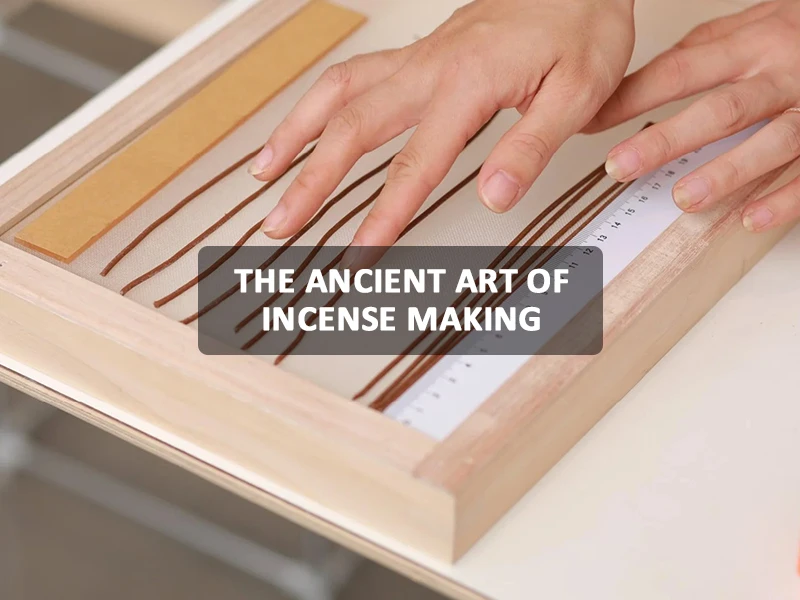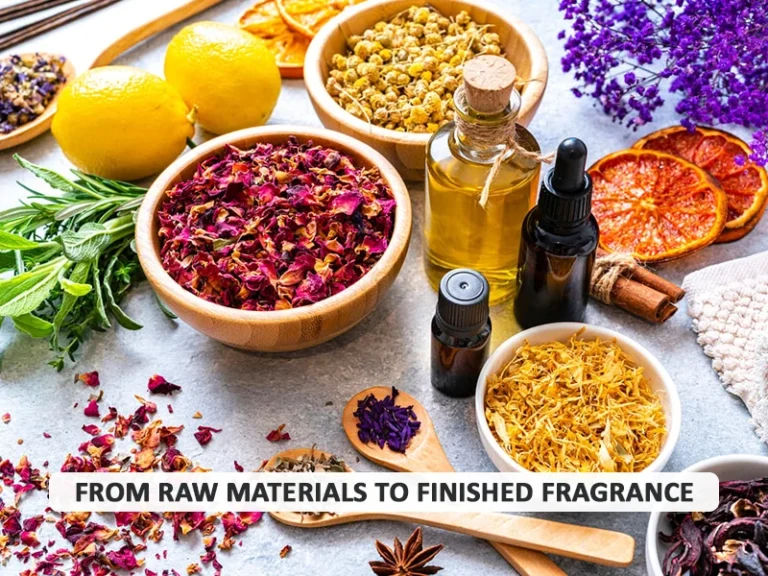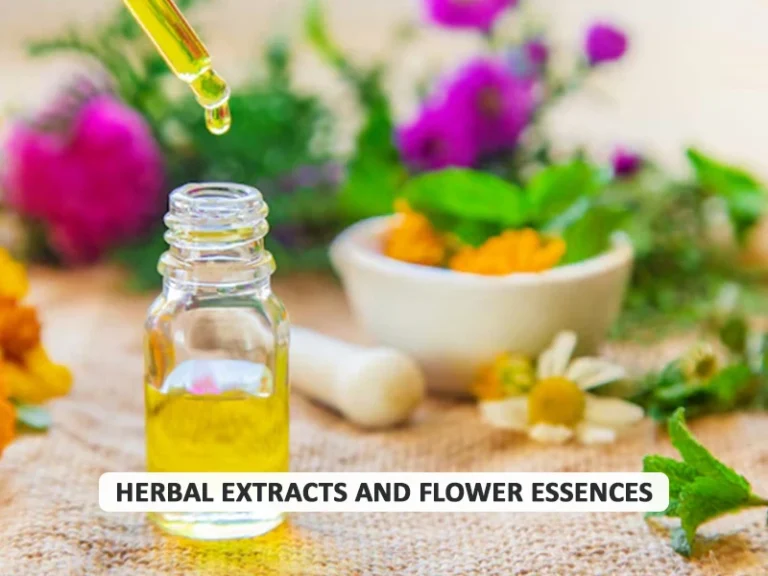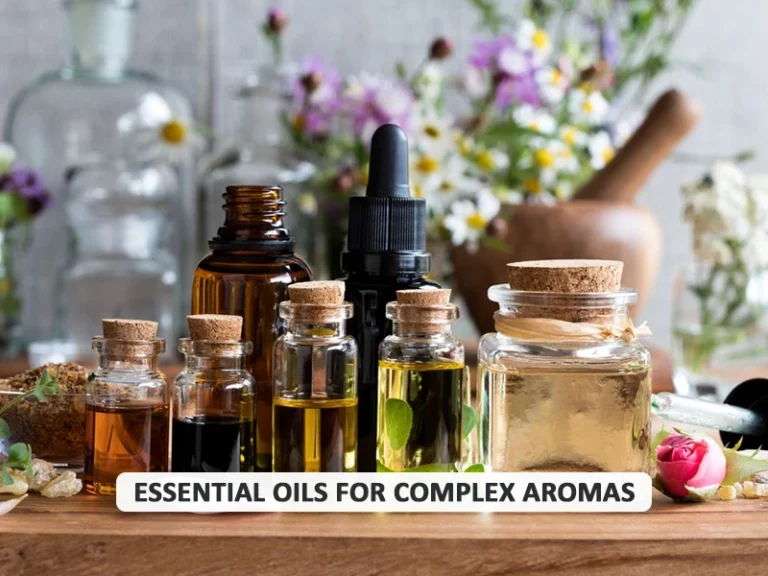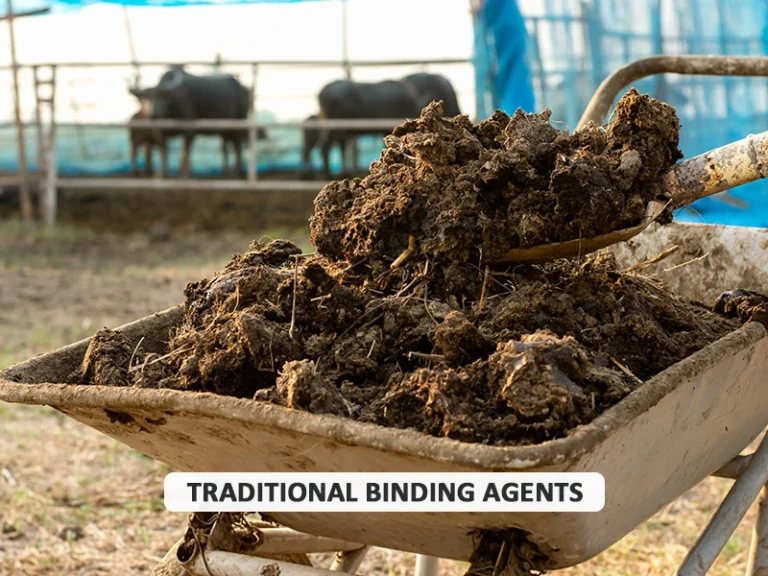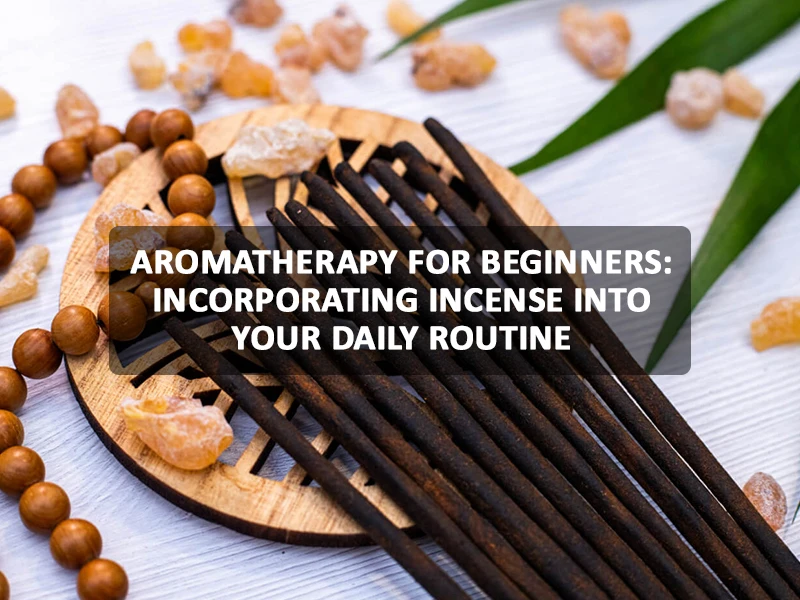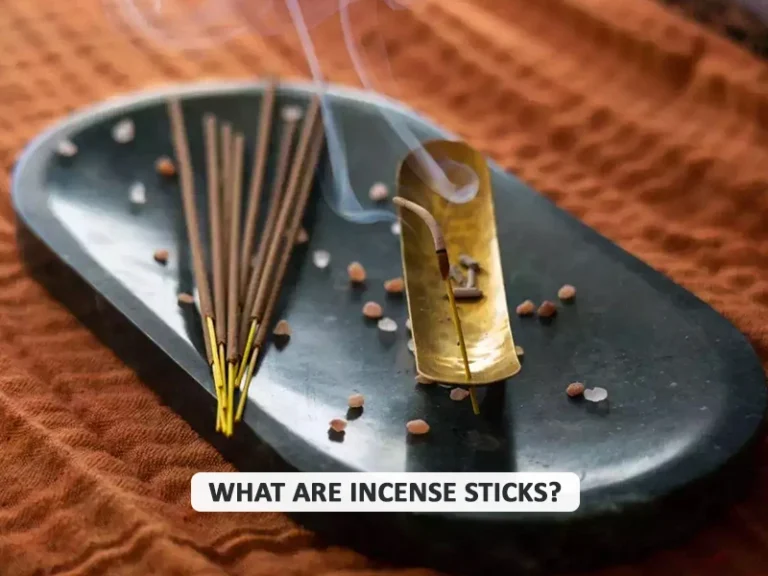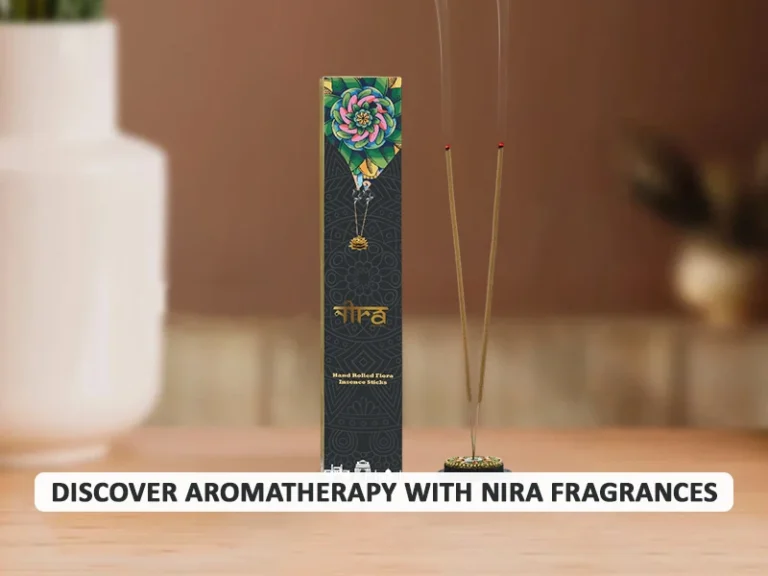Burning Time: How Incense sticks Can Redefine Your Daily Rituals
We all have our routines. We wake up, scroll through our phones, sip on chai or coffee, drag ourselves to work, and somehow end up back in bed before we even realize the day’s over. But what if we told you that these ordinary moments, waking up, cleaning, journaling, winding down, could feel sacred? That you could turn your daily rhythm into a mindful ritual, one fragrant swirl at a time?
Welcome to the slow-burning world of incense sticks. And more specifically, welcome to the soulful warmth of Nira Fragrances, where each stick isn’t just a scent, it’s a mood, a memory, a moment waiting to be felt. Let’s talk about how burning an incense stick can become your new favorite ritual companion.
Why Rituals Matter (More Than We Think)
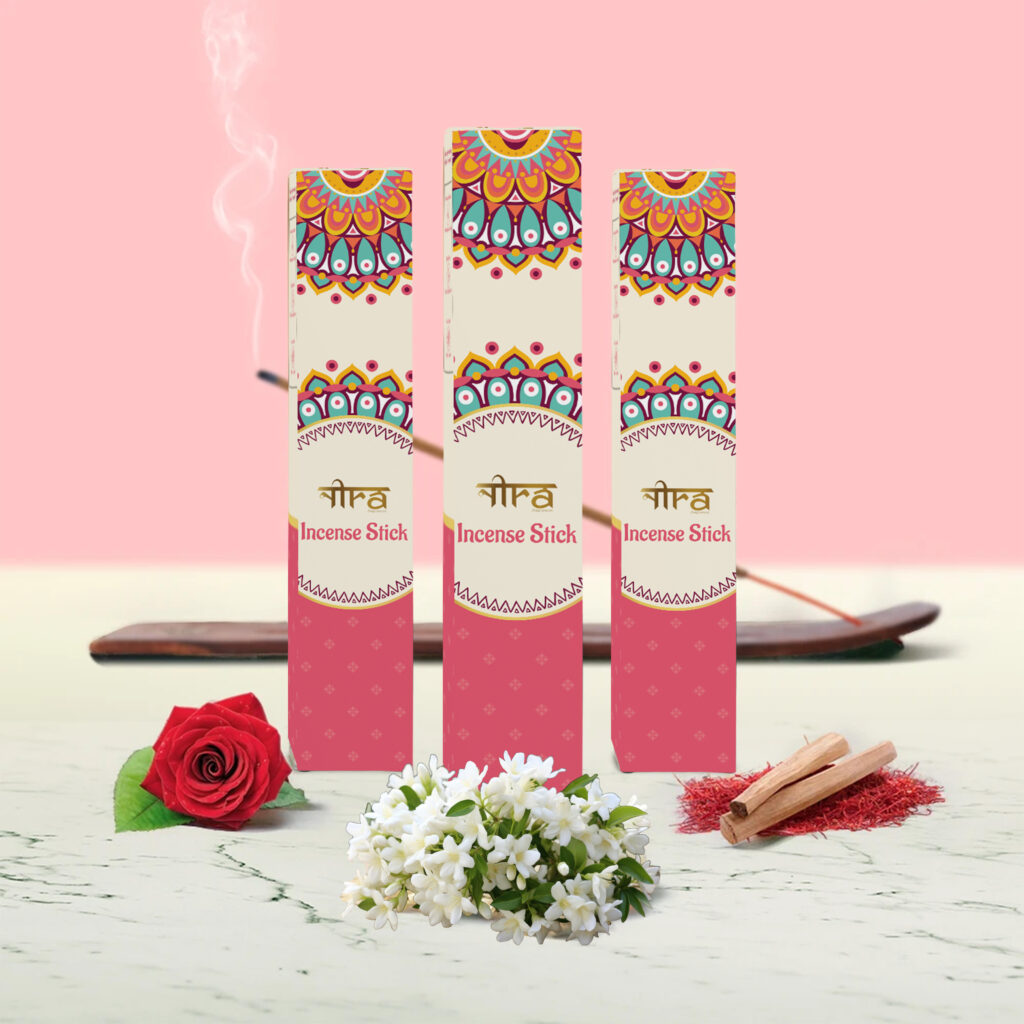
Rituals give us that pause. They’re not grand or dramatic, they’re small acts of intention that bring us back to ourselves. A moment to say: “This space is mine. This breath is mine. This time is sacred.” Nira Fragrances believes in creating not just scents, but soulful moments. That’s why our incense sticks are hand-rolled using traditional techniques and natural ingredients, to offer you not just aroma, but awareness.
Your Day, Reimagined with Incense
Let’s break down your day and explore how you can infuse it with fragrance, mindfulness, and meaning, using just a single incense stick at a time
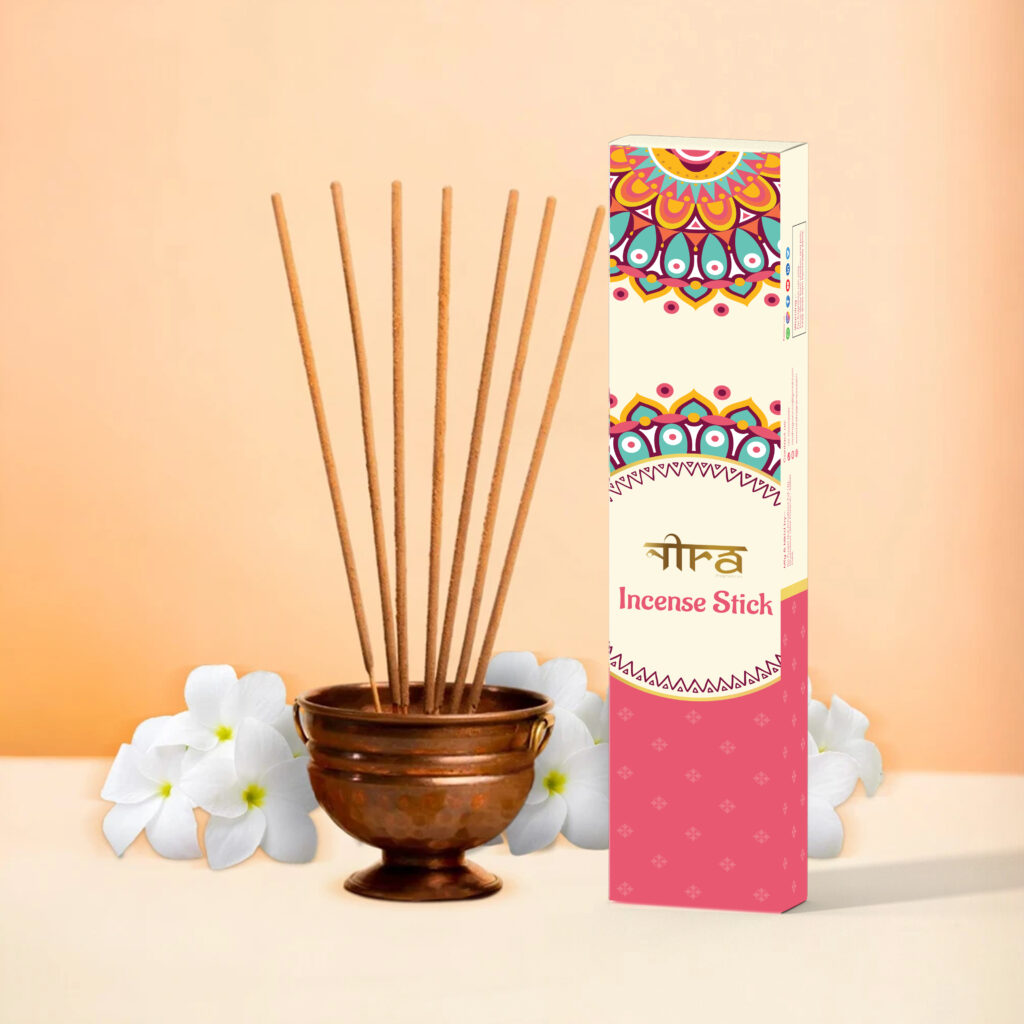
1.Morning Wake-Up: Rise with Sandalwood Serenity
Instead of reaching for your phone first thing in the morning, try this: light a sandalwood incense stick from Nira. Let its warm, grounding aroma gently awaken your senses.
Sandalwood has been used in ancient Indian traditions for centuries to awaken the mind and center the soul. Whether you’re journaling, stretching, or just sitting still with your chai, let the fragrance set the tone for your day.
Scent Ritual:
Light a sandalwood incense stick, open a window, and write one intention for your day.
2. During Work: Focus with Frankincense
Ever tried lighting an incense stick while working? No, it’s a game changer. Frankincense helps with mental clarity, while myrrh brings calmness and focus. Together, they’re like nature’s version of a productivity playlist. With Nira’s curated blends, you don’t just get a scent, you get a shift. Burn one while writing emails, tackling spreadsheets, or even during a creative brainstorming session.
Scent Ritual:
Light the incense stick, take 5 deep breaths, and say: “I’m present, I’m here, I’m ready.”
3. Cleaning Your Space: Refresh with Lemongrass or Lavender
Cleaning doesn’t have to feel like a chore. Light a lemongrass incense stick and let its refreshing aroma awaken your senses. The citrusy, vibrant aroma instantly energizes the room and you. It’s perfect for weekends, post-decluttering, or when guests are coming over. Prefer something more mellow? Nira’s lavender incense stick brings a calm, peaceful feel while you clean and tidy up.
Scent Ritual:
As you clean, say: “I’m clearing not just the room, but my mind.”
4. Creative Time or Journaling: Let Rose or Champa Lead the Way
When you sit to write, paint, doodle, or just reflect, you want a scent that’s both uplifting and emotional. Light rose incense sticks for a soft, floral scent that feels warm and comforting.Champa, on the other hand, is earthy, warm, and inviting. It’s often used in meditation for a reason. Let it help you connect with your thoughts.
Scent Ritual:
Light your chosen incense stick, close your eyes for one minute, and ask: “What do I feel right now?”
5. Evening Wind Down: Unplug with Patchouli or Vetiver
The world doesn’t slow down, but you can. After a long day, nothing feels better than curling up in your favorite corner, unplugging from screens, and lighting a calming incense stick. Nira’s patchouli blend is grounding, sensual, and perfect for slowing your thoughts. Or try vetiver, known for its earthy, tranquil notes, like lying down in a forest after rain.
Scent Ritual:
Light an incense stick, dim the lights, and simply sit with yourself. No goals. No to-do list. Just stillness.
Why Choose Us?
There are plenty of incense sticks out there. But not all are created equal. We believe in authenticity, purity, and intention. Our incense sticks are made from ethically sourced, hand-rolled ingredients with no harmful chemicals or synthetic fragrances. Each scent is crafted with a purpose to match a mood, a time, or an emotion. We don’t just sell incense. We create sensory tools for modern rituals.
Burn Slowly, Live Fully
Adding an incense stick to your day isn’t about changing your lifestyle. It’s about elevating it. It’s not about being perfect, spiritual, or productive. It’s about being present. So the next time you wake up, work, clean, or wind down, pause. Light a stick. Watch it glow. Let the smoke remind you that even in the busiest days, there’s space for magic. Because with Nira Fragrances, every burn is a beginning.
Conclusion: Let Every Burn Be a Beginning
In a world that moves fast, it’s easy to lose ourselves in the rush. But a simple act, like lighting an incense stick, can bring us back to the present, to our breath, to ourselves. It’s not just about scent. It’s about slowing down, setting an intention, and turning everyday routines into soulful rituals. We invite you to reclaim your time, your space, and your energy, one burn at a time. Whether it’s morning calm, mid-day focus, or evening peace, let our handcrafted incense sticks guide your moments with meaning. So go ahead, light that stick. Close your eyes. Inhale deeply. You’re not just burning incense, you’re an awakened presence. Because your day isn’t ordinary. And neither are you.



